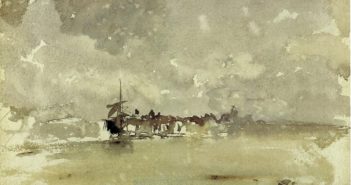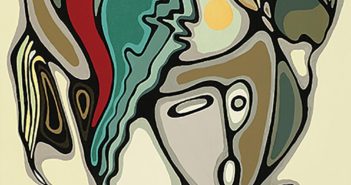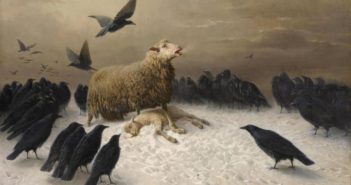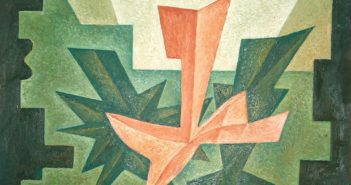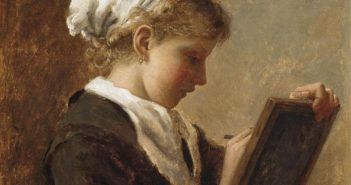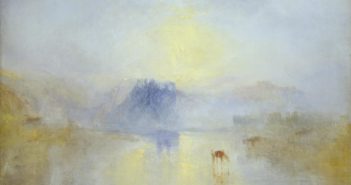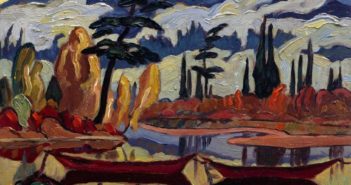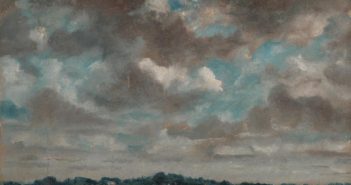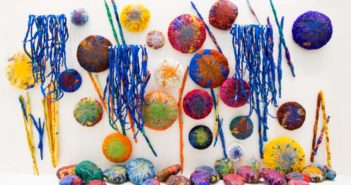
Focusing like a Buffett
About halfway through the HBO documentary, “Becoming Warren Buffett,” a scene shows Warren Buffett and Bill Gates sitting at a table, each painting a picture — apparently a first for both. “He doesn’t know much about art,” says Bill in a voiceover. “I can’t tell you the colour of the walls in my bedroom or my living room,” says Warren. “I don’t have a mind that relates to the physical universe well.” For a moment, I thought I detected the slack-jawed bewilderment of a guy on the precipice of failure.

